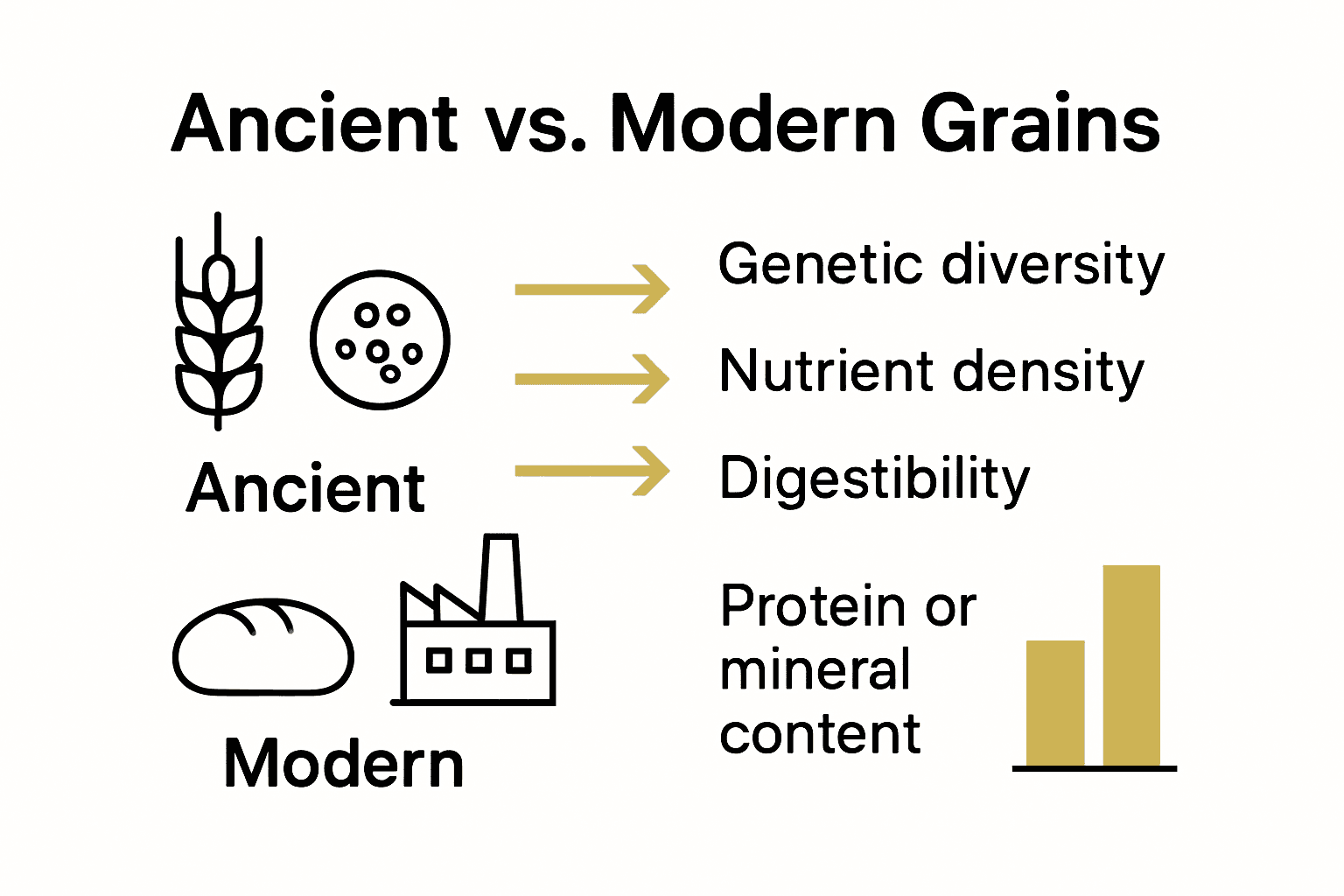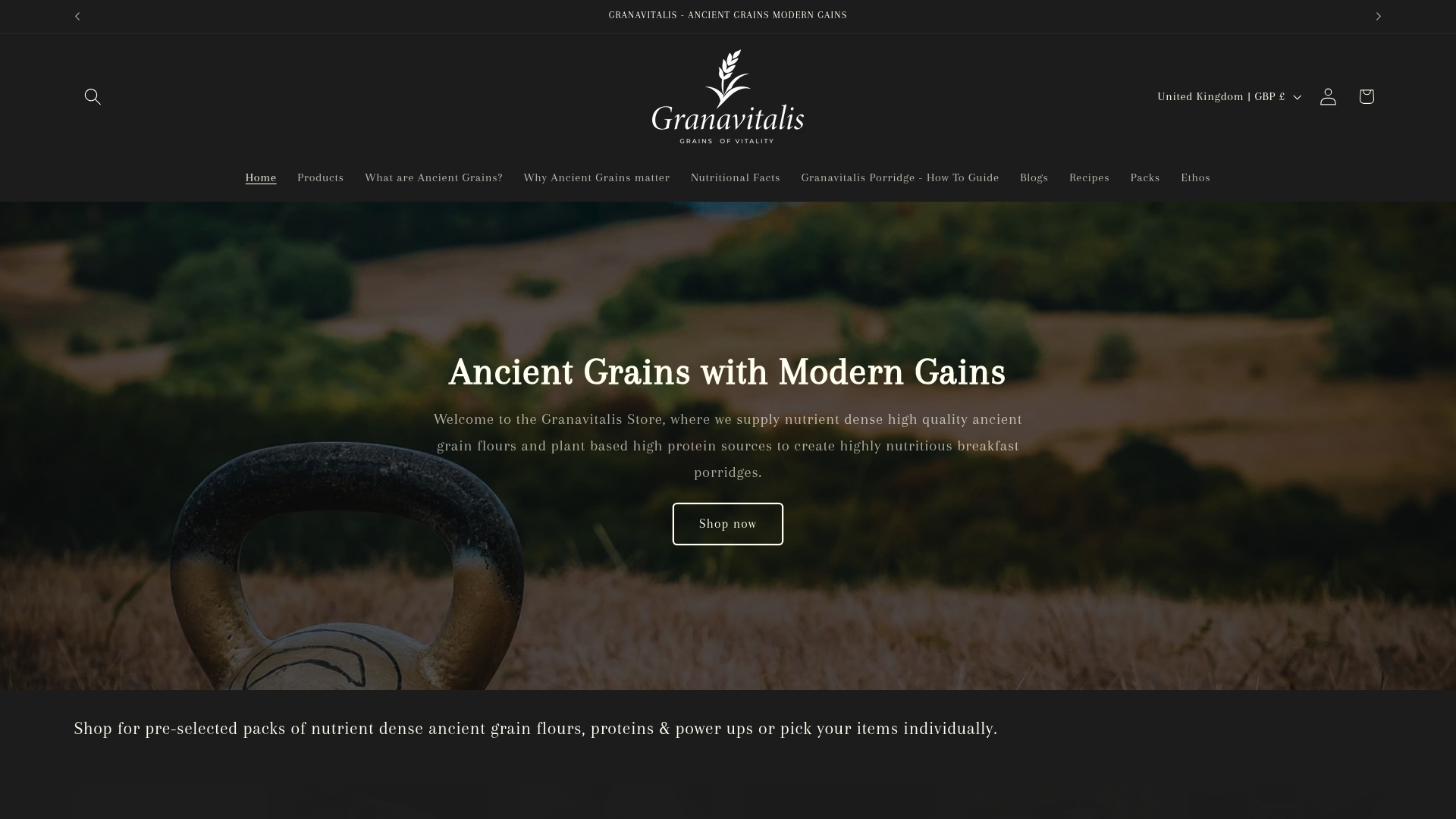
Ancient Grains and Modern Wellness Explained
Share
Most people have no idea that some grains on supermarket shelves have changed very little in thousands of years. These ancient grains are more than just a trendy health option—they are living links to our shared agricultural past. With higher protein and richer nutrients than many modern grains, they stand out for their powerful benefits and unique history. Discover how ancient grains can reconnect you with a tradition of wholesome eating that has nourished people for generations.
Table of Contents
- Defining Ancient Grains And Their Historic Role
- Top Ancient Grain Varieties And Distinct Profiles
- Nutritional Benefits For Modern Wellness
- Integrating Ancient Grains Into Everyday Diets
- Comparing Ancient And Modern Grains For Health
Key Takeaways
| Point | Details |
|---|---|
| Connection to Heritage | Ancient grains provide a deep link to agricultural history and have been central to cultural practices across many civilizations. |
| Nutritional Superiority | These grains are often richer in proteins, vitamins, and minerals compared to modern cereals, addressing nutritional deficiencies in contemporary diets. |
| Seamless Integration | Incorporating ancient grains into daily meals can enhance nutrient density without requiring drastic dietary changes. |
| Genetic Integrity | Ancient grains maintain higher genetic diversity and nutritional integrity, contrasting with the intensive breeding of modern grains that can compromise their health benefits. |
Defining Ancient Grains and Their Historic Role
Ancient grains represent a remarkable connection between our nutritional past and present, offering a window into humanity’s agricultural heritage. Ancient grains are defined as cereal varieties that have remained largely unchanged over hundreds of years, preserving their original genetic structure and nutritional profile. According to Whole Grains Council, these grains include remarkable varieties like einkorn, emmer, spelt, and Kamut, which have sustained human populations since agriculture’s earliest days.
Historically, these extraordinary grains were not just food sources but integral components of cultural and spiritual practices across civilisations. Wikipedia reveals that ancient civilisations such as the Aztecs, Greeks, and Egyptians incorporated these grains deeply into their dietary and ritualistic traditions. Grains like quinoa, millet, and barley were more than sustenance they were symbols of life, fertility, and community connection.
The distinguishing characteristic of ancient grains lies in their minimal genetic modification. Unlike modern wheat varieties that have undergone extensive selective breeding, these grains maintain their original nutritional integrity. They typically offer higher protein content, more complex nutrient profiles, and often improved digestibility compared to their industrially processed counterparts. For those seeking to explore more about these fascinating grains, our guide on understanding ancient grains provides deeper insights into their remarkable nutritional landscape.
Understanding ancient grains is about recognising more than just a food group. It’s about acknowledging a nutritional legacy that connects us to our agricultural roots, offering a pathway to more wholesome, traditional eating practices that have sustained human populations for millennia. These grains represent not just nutrition, but a profound narrative of human survival, adaptation, and culinary wisdom.
Top Ancient Grain Varieties and Distinct Profiles
Ancient grains represent a fascinating spectrum of nutritional diversity, each offering unique characteristics and health benefits. Preprints highlights a remarkable range of ancient grains including sorghum, millet, barley, spelt, emmer, einkorn, teff, quinoa, amaranth, and chia. These grains are far more than mere alternatives to modern wheat they are nutritional powerhouses with distinctive profiles that set them apart from conventional grains.
Each ancient grain brings its own remarkable nutritional signature. According to Cereals & Grains, wheat varieties like spelt, emmer, khorasan, and einkorn have retained remarkable genetic diversity and resilience. These grains represent living connections to agricultural heritage, maintaining characteristics of their wild ancestors. Notably, grains like teff, sorghum, and quinoa demonstrate extraordinary adaptability, thriving in diverse environmental conditions while offering complex nutrient profiles.
To help you navigate this rich landscape of ancient grains, our guide comparing ancient and modern cereals provides deeper insights. Let’s explore some standout varieties:
- Quinoa: A complete protein source with all essential amino acids
- Amaranth: High in protein and minerals, gluten-free
- Teff: Tiny grain packed with iron and calcium
- Sorghum: Versatile grain with significant antioxidant properties
- Einkorn: Considered the oldest wheat variety, easier to digest
Understanding these grains isn’t just about nutrition it’s about reconnecting with agricultural traditions that have nourished human populations for thousands of years. Each grain tells a story of human adaptation, survival, and culinary innovation, inviting us to explore a more holistic approach to eating.
Nutritional Benefits for Modern Wellness
Ancient grains represent a powerful nutritional intervention for modern wellness challenges, offering a comprehensive approach to dietary health that goes far beyond simple sustenance. MDPI highlights their exceptional nutritional profile, revealing these grains as rich sources of proteins, essential amino acids, dietary fibers, vitamins, and minerals. This nutrient density makes them invaluable in combating nutritional deficiencies prevalent in contemporary diets, addressing the modern epidemic of hidden malnutrition.
According to Preprints, ancient grains are nutritional powerhouses packed with phenolic compounds, flavonoids, resistant starch, and essential fatty acids. These bioactive components contribute to remarkable health benefits, including:
- Antioxidant protection: Neutralising harmful free radicals
- Anti-inflammatory effects: Reducing chronic inflammation
- Cardioprotective properties: Supporting heart health
- Blood sugar regulation: Helping manage metabolic disorders
These grains offer more than just nutritional value they represent a holistic approach to wellness that reconnects us with traditional, nutrient-dense food sources. Our guide on understanding how ancient grains support wellness provides deeper insights into this transformative nutritional approach. By incorporating these ancient grains into our modern diets, we can bridge the gap between traditional nutrition and contemporary health challenges, creating a more balanced and sustainable approach to personal wellness.

Integrating Ancient Grains Into Everyday Diets
Transforming your diet with ancient grains doesn’t require a complete nutritional overhaul. Preprints reveals that these nutritional powerhouses can be seamlessly incorporated into daily meals through versatile functional food products like whole grain breads, pastas, and cereals. The key is understanding their adaptability and finding creative ways to introduce them into your existing eating patterns.
According to Cereals & Grains, the unique properties of ancient grains make them incredibly suitable for diverse culinary applications. Here are practical strategies for integrating these nutrient-dense grains into your diet:
- Breakfast Transformation: Replace standard oats with quinoa or amaranth porridge
- Baking Reimagined: Substitute wheat flour with spelt or einkorn flour
- Salad Upgrades: Sprinkle cooked millet or teff as protein-rich toppings
- Snack Innovations: Create energy bars using chia and amaranth
- Grain Bowl Bases: Use sorghum or farro as hearty, nutritious foundations
For those seeking more detailed guidance, our guide on incorporating ancient grains naturally offers comprehensive insights. Remember, integrating ancient grains isn’t about radical change, but thoughtful, gradual nutritional enhancement. Start small, experiment playfully, and discover how these time-honored grains can breathe new life into your everyday meals.
Comparing Ancient and Modern Grains for Health
Modern grain production represents a dramatic departure from traditional agricultural practices, with significant implications for nutritional quality. MDPI reveals a stark contrast between ancient and modern grains: while modern varieties have been intensively bred for higher yields, this approach has potentially compromised their nutritional integrity. Ancient grains, in contrast, have remained largely unchanged, preserving their original genetic properties and rich nutrient profiles.
According to Cereals & Grains, modern wheat breeding has prioritized genetic homogeneity and stable traits, often at the expense of genetic diversity and nutritional resilience. Key differences between ancient and modern grains include:
- Genetic Diversity: Ancient grains maintain higher genetic variability
- Nutrient Density: Less modified grains typically contain more complex nutrients
- Digestibility: Ancient grains often prove easier for the human body to process
- Adaptability: Traditional varieties demonstrate greater environmental resilience
- Nutritional Consistency: Less industrial manipulation preserves original nutrient profiles
For those seeking deeper understanding of these nutritional distinctions, our guide exploring the hidden costs of modern grains offers comprehensive insights. The journey from traditional to industrial grain production tells a compelling story of agricultural transformation one that challenges us to reconsider our approach to nutrition and food sustainability.

Rediscover Wellness with Ancient Grains and Granavitalis
If you are striving to overcome the barriers of modern nutrition and seeking real nourishment rooted in history ancient grains offer a powerful solution. As the article highlights these grains bring superior nutrient profiles and wellness benefits that modern processed cereals often lack. At Granavitalis we share your goal of reconnecting with wholesome foods that support steady energy immune resilience and long-term health.
Start your journey today with our thoughtfully curated range of All Flours 0000000000000000 which includes premium ancient grain varieties and nutrient-rich gluten free options.

Dont wait to transform your everyday meals into a source of vitality and balance. Explore authentic ancient grains with Granavitalis and experience the meaningful difference of tradition-inspired nutrition. Discover more at Granavitalis and take the first step towards a healthier future today.
Frequently Asked Questions
What are ancient grains?
Ancient grains are cereal varieties that have remained largely unchanged for hundreds of years, preserving their original genetic structure and nutritional profile. Examples include einkorn, emmer, spelt, quinoa, and barley.
How do ancient grains differ from modern grains?
Ancient grains maintain higher genetic diversity, greater nutrient density, and improved digestibility compared to modern grains, which have been bred for higher yields and uniformity.
What nutritional benefits do ancient grains provide?
Ancient grains are rich in proteins, essential amino acids, dietary fibers, vitamins, and minerals. They also contain bioactive compounds that contribute to antioxidant protection, anti-inflammatory effects, and heart health support.
How can I incorporate ancient grains into my diet?
You can easily incorporate ancient grains into your diet by using quinoa or amaranth for breakfast, substituting wheat flour with spelt or einkorn in baking, adding cooked millet or teff to salads, making energy bars with chia and amaranth, or using sorghum as a base for grain bowls.
Recommended
- The Hidden Cost of “Modern” Grains — And Why Ancient Grains Belong Bac – Granavitalis
- What Is Ancient Grain? Complete Guide for the UK – Granavitalis
- Understanding Ancient Grains Explained for Better Health – Granavitalis
- Ancient Grains vs Modern Cereals Explained: Benefits & Differences – Granavitalis
- Understanding Can Dogs Eat Grains: Nutrition Explained – Ultimate Pet Foods
- 7 Healthy Snack Alternatives You Need to Try – Spaceman
